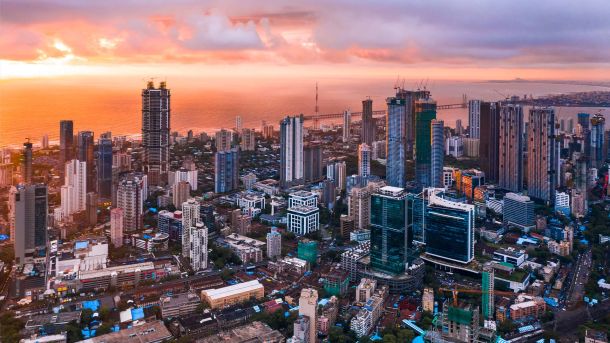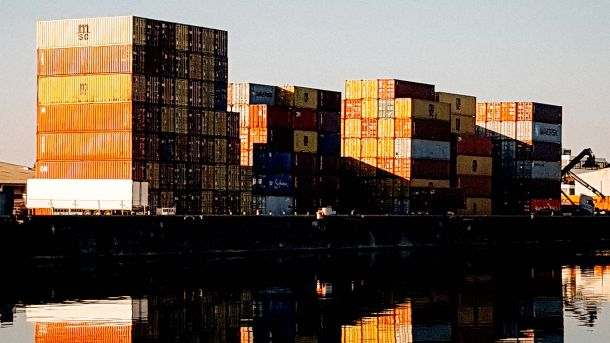

Mining production in South Africa declined by 0.9% in November 2024, following a 1.1% decrease in October. Key contributors to this contraction included:
- Gold Production: Down 11.5%, subtracting 1.5 percentage points
- Iron Ore Production: Declined by 3.8%, contributing -0.5 percentage points
- Coal Production: Contracted by 1.6%, reducing another 0.3 percentage points
- Diamonds: Decreased by 11.4%, subtracting 0.2 percentage points.
On a positive note, some mining sectors experienced growth in November, including:
- Platinum Group Metals (PGMs): Up 4.0%, contributing 1.3 percentage points
- Chromium Ore: Increased by 15.6%, adding 0.7 percentage points
In November 2024, mineral sales rose by 8.1%, following a modest growth of just 0.7% in October. Notable increases in sales included:
- Platinum Group Metals (PGMs): Up 4.3%, contributing 1.0 percentage point
- Coal: Increased by 8.5%, contributing 2.1 percentage points
- Gold: Surge of 93.4%, adding another 11.4 percentage points
However, iron ore sales saw a significant decline, dropping by 28.2% and reducing total mineral sales value by 4.4 percentage points.
The mining sector remains vital to South Africa’s economy. The decline in iron ore sales poses challenges for the iron production industry, especially as ArcelorMittal SA winds down its steel manufacturing operations in the country. Nonetheless, mining is crucial from both an employment and foreign exchange standpoint, directly employing around 484,000 people, according to StatsSA.
After facing serious challenges from late 2022 to 2023—due to electricity supply issues and infrastructure bottlenecks, particularly at ports—production volumes began to recover in early 2024 and again from September to November following a slump from April to August.
The sector is still rebounding, with production increasing from a low base, supported by improved economic confidence and enhanced electricity availability in late 2024.
Looking ahead, mining production is expected to stabilize and experience moderate growth in the coming months, driven by increased sector confidence. However, mining firms remain cautiously optimistic about maintaining consistent electricity supply and resolving infrastructure challenges, as promised by the Government of National Unity.





